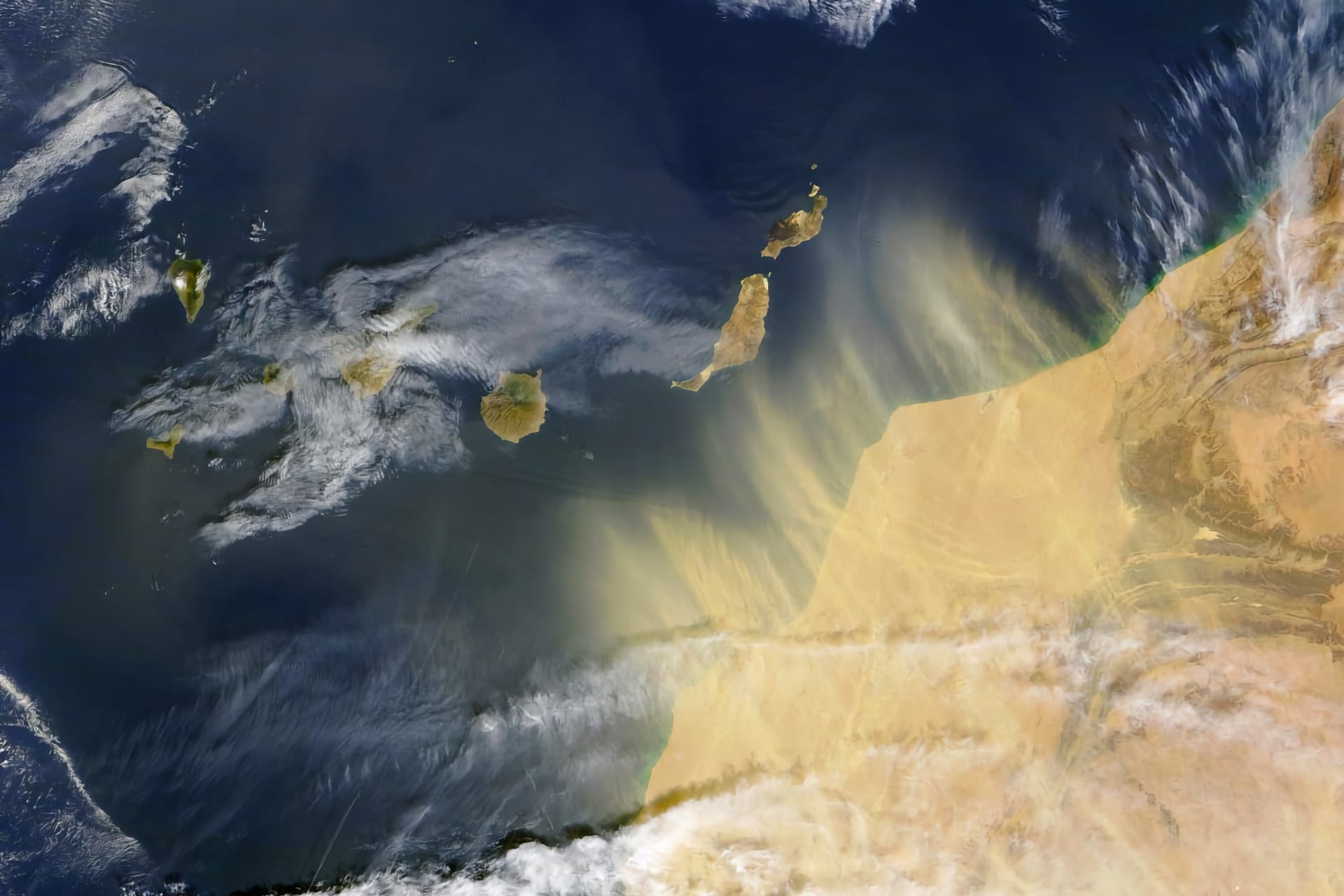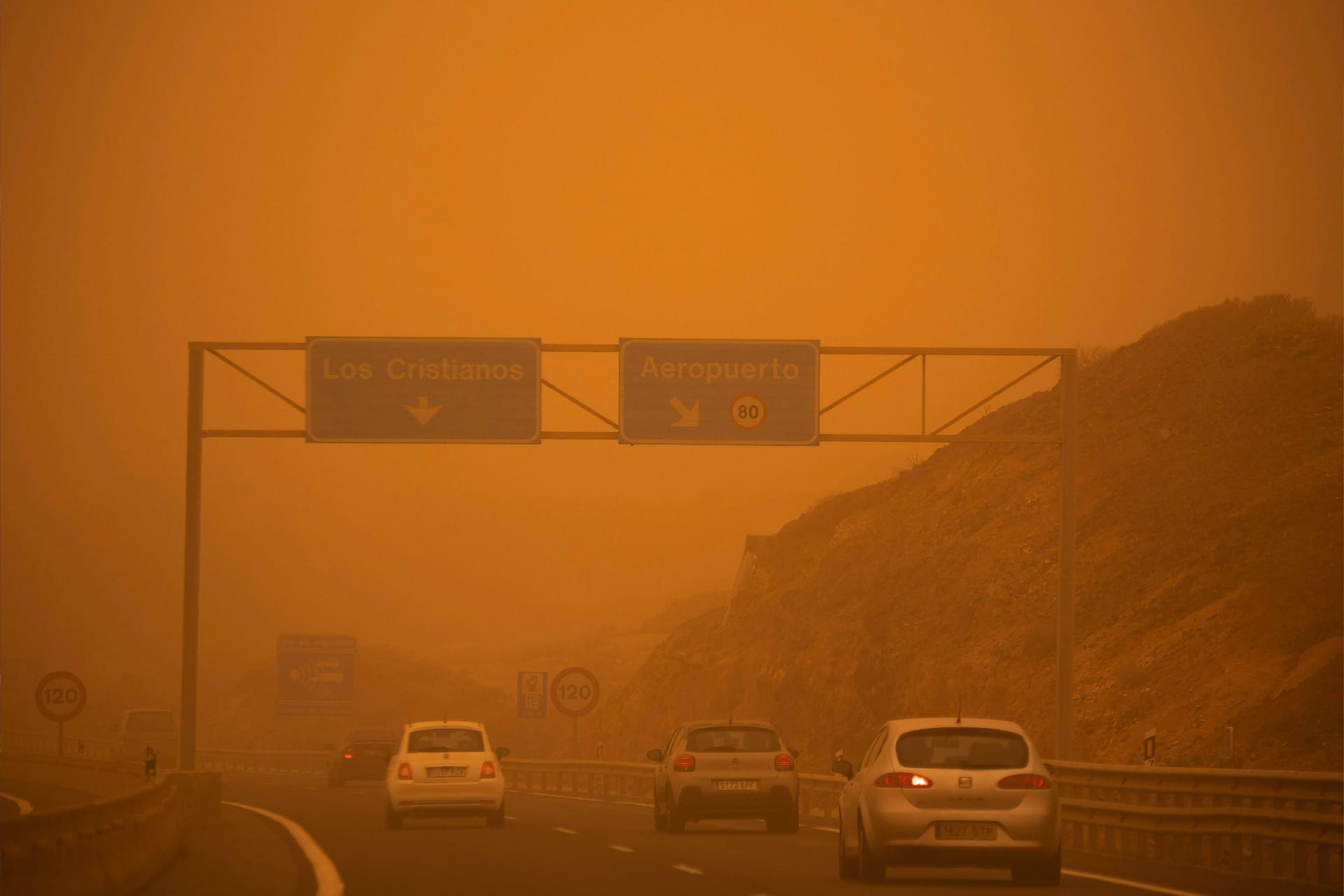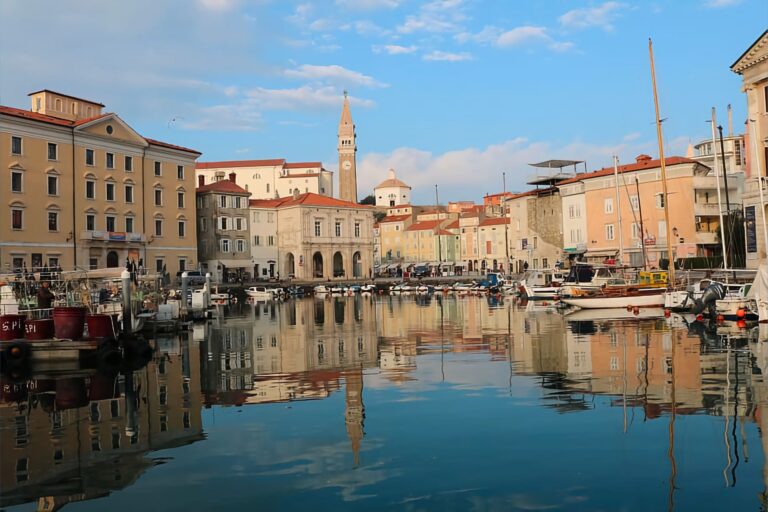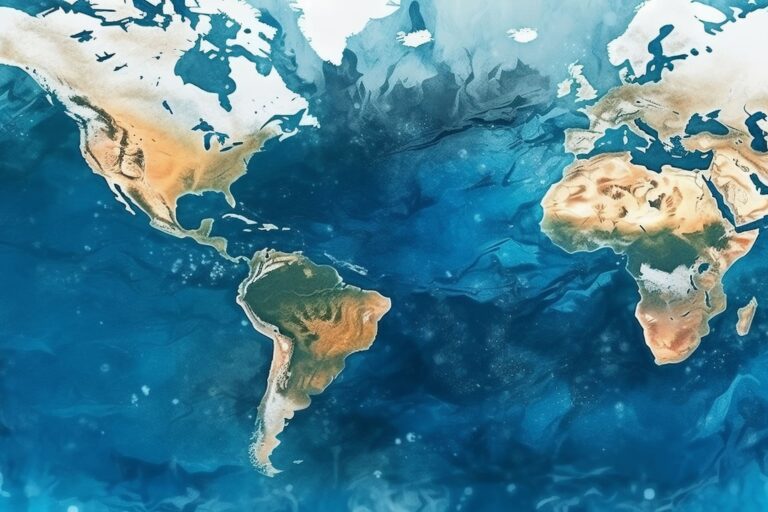Exploring Calima in Tenerife: what you need to know
Are you planning a trip to Tenerife and wondering what Calima is? Or perhaps you're already there and experiencing this phenomenon for the first time? Either way, it's important to know what Calima is and how it can affect your trip. In this article, we'll delve into the details of Calima in Tenerife and offer some tips for staying safe and healthy during your stay.

Credit: techno-science.net
What is Calima?
The Canary Islands, a Spanish archipelago off the northwest coast of Africa, are no strangers to winds carrying sand and dust from the Sahara desert. These winds, known as "calima" in Spanish, can cause a variety of problems, from reduced visibility to respiratory issues. In recent years, however, the frequency and intensity of these dust storms have increased, leading to concerns about their impact on both human health and the environment.
The main cause of these calima events is the Azores High, a high-pressure system that sits over the Atlantic Ocean and controls the weather patterns in the region. When the Azores High is strong, it can push warm, dry air from the Sahara across the Canary Islands, carrying with it vast amounts of sand and dust.
The effects of these dust storms can be felt across the islands. In addition to reduced visibility and respiratory issues, the fine particles in the dust can also damage crops and other vegetation. The dust can also settle on surfaces, leading to a layer of grime that can be difficult to clean.
In recent years, the frequency and intensity of these dust storms have increased, likely due to a combination of factors including climate change and land use changes in the Sahara. As the planet warms, the Sahara is becoming drier and more prone to droughts, which can lead to increased dust production. Additionally, as more land in the Sahara is converted to agriculture or grazing, there is less vegetation to hold the soil in place, leading to more erosion and dust.
In Tenerife, Calima usually occurs between February and August, but can happen at any time of the year. It typically lasts for a few days, but can sometimes persist for several weeks. The current status of the Calima in Tenerife can be found on this website: https://forecast.uoa.gr/en/forecast-maps/dust/north-atlantic
Effects of Calima
The impact of these dust storms on human health is also a concern. The fine particles in the dust can penetrate deep into the lungs, causing respiratory issues and aggravating existing conditions such as asthma. In some cases, the dust can even contain harmful pollutants such as heavy metals or pesticides.
To mitigate the impact of these dust storms, the government of the Canary Islands has taken several steps. This includes issuing warnings when a calima event is expected, closing schools and outdoor activities, and advising people to stay indoors as much as possible. The government has also launched a public awareness campaign to educate people on the risks of dust storms and how to protect themselves.
In addition to these measures, there are also efforts underway to better understand the causes and effects of these dust storms. Researchers are studying the composition of the dust to identify any potential health risks, as well as looking at the impact of these storms on the environment and agriculture. By better understanding these dust storms, it may be possible to develop more effective strategies for mitigating their impact on human health and the environment.
Calima can also affect tourism on the island, with some visitors choosing to avoid Tenerife during this time due to concerns about health and safety. This can have an economic impact on local businesses that rely on tourism.
In conclusion, the increased frequency and intensity of dust storms in the Canary Islands is a growing concern for both the environment and human health. While there are measures in place to mitigate the impact of these storms, further research and action may be necessary to address this growing problem.

Source: metro.co.uk
Tips for Staying Safe and Healthy During Calima
If you're planning a trip to Tenerife during Calima season, there are some steps you can take to stay safe and healthy:
- Check the weather forecast: Before you travel, check the weather forecast and keep an eye on any Calima warnings issued by the local authorities. This will help you to plan your activities and stay informed about any potential risks.
- Limit outdoor activities: If you're sensitive to dust or have respiratory issues, it's best to limit your time spent outdoors during Calima. Stay indoors as much as possible and avoid strenuous activities.
- Wear protective clothing: If you do need to go outside, wear protective clothing such as long-sleeved shirts and trousers to reduce skin exposure. Use a face mask to filter out dust particles and avoid contact lenses, which can trap dust.
- Stay hydrated: Calima can cause dehydration due to the high temperatures and dry air. Drink plenty of water and avoid alcohol and caffeine, which can dehydrate you further.
- Seek medical attention if necessary: If you experience symptoms such as coughing, wheezing, or shortness of breath, seek medical attention immediately. It's better to be safe than sorry, and early treatment can prevent more serious health problems.
How to predict Calima?
Calima, or dust storms caused by winds carrying sand and dust from the Sahara desert, can be difficult to forecast due to the variable nature of the weather patterns that cause them. However, there are several methods that meteorologists use to try to predict when a Calima event may occur.
One approach is to track the location and strength of the Azores High, the high-pressure system that controls the weather patterns in the region. When the Azores High is strong, it can push warm, dry air from the Sahara across the Canary Islands, which can lead to Calima events. Meteorologists monitor the location and strength of the Azores High using satellite imagery and other weather monitoring tools.
Another approach is to monitor atmospheric conditions such as temperature, humidity, and wind direction. Changes in these conditions can indicate the potential for a Calima event. Meteorologists use computer models to simulate the atmospheric conditions and predict whether they are likely to result in a dust storm.
In addition to these methods, meteorologists may also rely on local observations and reports from the public. For example, residents in the Canary Islands may report seeing hazy skies or experiencing respiratory issues, which can be signs of a Calima event. These reports can help meteorologists confirm the presence of a dust storm and refine their forecasts.
It is important to note that forecasting Calima events can be challenging due to the unpredictable nature of weather patterns. While meteorologists use various tools and methods to predict these events, there is always a degree of uncertainty. As such, it is important for residents and visitors to the Canary Islands to remain vigilant and follow local authorities' advice during periods of high dust levels.



